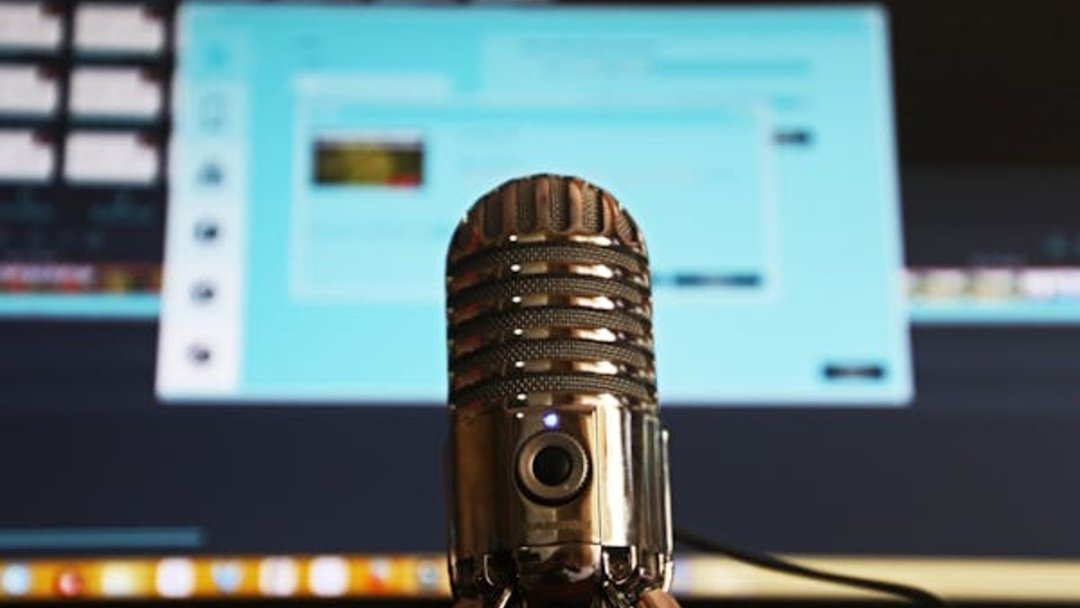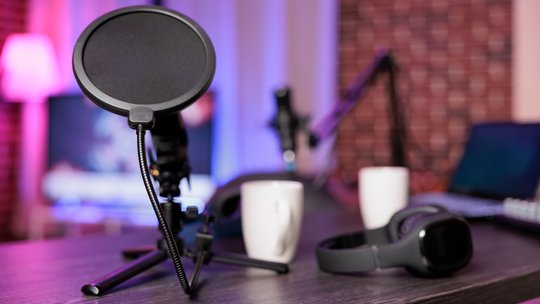Blog
Podcast Intros: How to hook your audience

Published 12/29/2024 by Babalola Alabi
PodcastingOne of the biggest issues Podcasters have is creating an unforgettable first impression on their podcast. Creating the right impression is a delicate and crucial step to getting people to listen and dedicate their time to your podcast out of the over 4.25 million podcasts worldwide. This starts with creating an amazing podcast intro, so good that your audience is eager to listen to the next words from your mouth.
You shouldn’t let your efforts in creating excellent cover art or marketing your podcast go to waste. That’s why in this article, we’ll explain how to lock in your audience with a well-written podcast introduction and give a few examples you can work with.
Importance Of A Good Podcast Introduction
Most podcasts lose their audience from the first few minutes of the podcast because the podcast intro isn’t compelling enough to make the audience stay. It’s simple; if you can’t make them stay, you don’t deserve their attention, and they’ll leave immediately. The goal is to grab their attention and improve the listener’s engagement.
Also, a good podcast intro helps establish your podcast’s brand identity by setting the tone and highlighting your unique perspective, expertise, or podcasting style. If done strategically, your audience will easily identify you amongst many podcasts. A well-crafted intro also conveys key information, such as the podcast name, tagline, and a brief preview of the episode’s topic. This ensures that your audience knows what’s coming without being overwhelmed.
Now that you know why you need a good podcast introduction so badly, let’s discuss what you should include in a podcast introduction.
What Should You Include In A Podcast Introduction?
Your podcast introduction should be able to do two essential things simultaneously:
- Show new audience who you are
- Engage your existing audience and keep them expecting.
To successfully do both, consider adding the following to your intro:
#.1 Intro music or background sounds
Music or sound is a perfect way to begin your podcast. The right music establishes the mood of your podcast. For example, upbeat and energetic music is ideal for a lighthearted show, calm and soothing music for a meditative podcast, or professional and polished music for a business-focused series.
Although using intro music or sound is optional, it depicts your podcast's tone, style, and voice type. Consistency in using the same music or effects across episodes can reinforce brand recognition and give your audience a sense of familiarity.
#2. Host’s greeting and introduction
No doubt, your listeners saw your podcast’s name before clicking your podcast, but hearing it from you creates a personal connection. Most times, your newest episode might be the one a new listener stumbled upon. A warm, confident greeting sets the tone for the episode, helps build trust, and makes them feel welcomed and engaged.
An introduction sets the ground for their expectations. Don’t keep them guessing; let them know about the podcast and episode they are listening to from the start. You could add information like:
- Who are you, and why should they listen to you (and your co-host)?
- What the podcast is about—include the podcast name, tagline, and summary of what you discuss on the podcast.
- Who is your ideal audience (who is your podcast for)?
#3. Brief episode overview and purpose
No one wants to spend time on a podcast that doesn’t discuss what they want to hear. So, the best way to retain your listeners is to tell them the purpose of the podcast episode, what they should expect, and an overview of how the conversation will go. Highlight and tease them about the main topic, guest (if any), or key takeaways to entice listeners to stay. Expressly and clearly state all the benefits the listener will get from the podcast. This could serve as your hook that intrigues them and makes them hold on to listen.
#4. Add a call-to-action (CTA)
Depending on your choice, you can add a CTA to your podcast intro. It is a simple way to influence your audience to take an action or a step while listening to your podcast episode. Some CTA ideas include:
- Subscribing to the channel to not miss upcoming episodes
- Following you on social media
- Purchasing the merch
- Telling them to subscribe to a paid premium version of your podcast
How To Hook Your Listeners With Your Podcast Intro
1. Start with a powerful hook
The first thing to do is kick off your podcast with something that immediately grabs attention. You could go the music-intro route, in which you hook the audience with upbeat music, or the narrative route, in which you paint a quick picture in the minds of the audience with your storytelling technique. You could also combine different hook ideas, like playing music and narrating a short story.
2. Tease the episode’s value
Give listeners a quick preview of what they’ll gain from the podcast episode. Highlight the key benefits, solutions, or takeaways they can expect from the episode. This helps to raise the expectations of your audience. It’s now up to you to meet the expectations.
3. Make it relatable
Create a personal connection your audience can relate to. Prove that you understand your audience’s struggles and know what they want. Make them eager to hear your insights on it.
Example:
“Ever feel like you’re spinning your wheels at work, getting nowhere? Let’s fix that today.”
4. Build anticipation
Use suspense or storytelling to create a sense of curiosity about what’s coming. This works incredibly well for storytelling or interview-style podcasts.
Example:
"Stay tuned—our guest today shares how he turned a $100 idea into a multimillion-dollar empire."
Make sure they are all interconnected and that the flow is perfect.
5. Establish credibility
If you or your guest has qualifications or professional experience in the topic you’re about to discuss, inform your audience. Introduce yourself or your guest with a brief mention of relevant credentials or expertise. This reassures your audience that they’re learning from a trusted source.
“...As a professor and doctor of neurology at John Hopkins Hospital, [name your guest] has all the experience relating to neurology and will provide answers to all questions on how the neurons and spine work in this episode…”
6. Keep it short and engaging
Make sure to make your podcast intro shorter. Remember it’s an introduction; give some important information and set the mood for the podcast with fewer words. Aim for 30-60 seconds for your introduction.
7. Include a call-to-action (optional)
Encourage listeners to act. Such actions could include subscribing to the channel, leaving a review, or following your podcast at the end of the intro.
FAQs on Creating a Good Podcast Introduction
How can I start a podcast introduction?
- Greet your audience and introduce your show.
- Acknowledge your audience and set the tone for the episode.
- Introduce yourself, your co-host, and your guest.
- State the topic and give your audience a teaser of what to expect from the show.
How do you start talking in a podcast?
Introducing yourself and the podcast is one of the most profound ways to start a podcast episode. Then, introduce your guest (if any) and state the topic of the podcast episode. Tease your audience with what they should expect from the show. That way, you have bridged the gap between you and your audience and prepared their minds to follow along.
Start creating for free
Turn your podcast, audiobook or talk into sharable video and text content
Try it today


